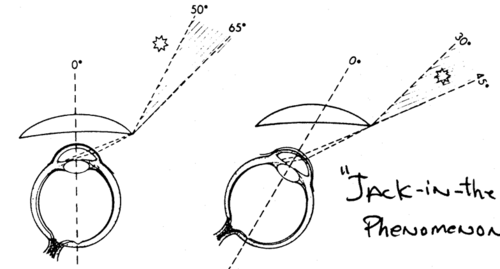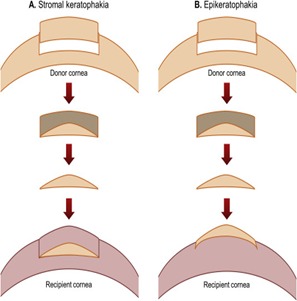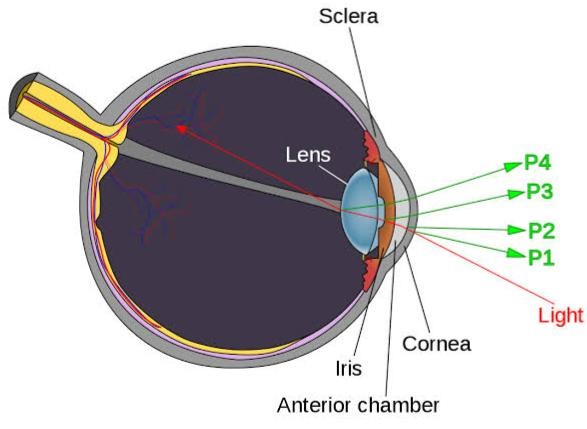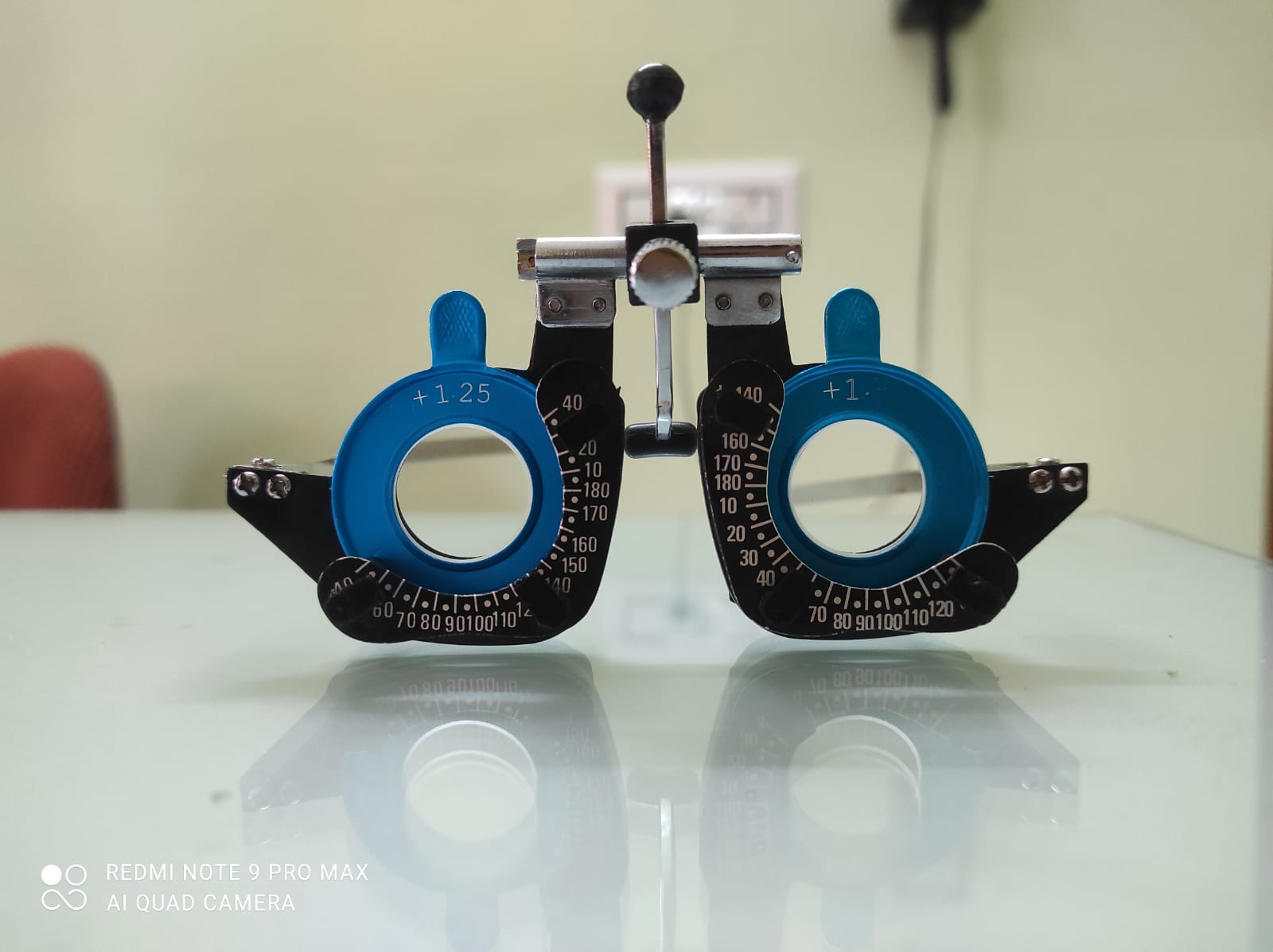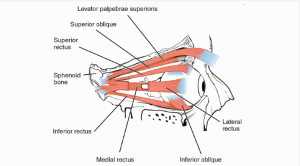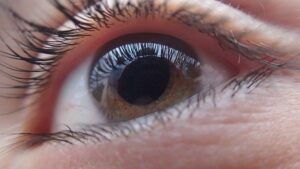Aphakia is defined as the absence of a natural crystalline lens from the eye, due to any cause. Causes include congenital aphakia, surgical aphakia, traumatic extrusion of the lens, and posterior displacement of the lens. The crystalline lens is an important factor of refraction and its absence leads to a number of optical changes, which include a change in refractory power of the eye, high hypermetropia, power decreases from +60D to +44D, loss of accommodation and posterior focal point lies behind the eye. Ocular examination shows jet black pupil and absence of 3rd and 4th Purkinje images on torch light examination.
It involves several treatment options but spectacles are not very much in demand now because of their several disadvantages, as its refraction correction starts from +10D. One drawback includes “Roving Ring Scotoma” also known as the “Jack in the Box phenomenon”.
Roving Ring scotoma occurs when the eye is moving or “roving” with aphakia spectacles. Continuous movement of the eye causes the scotoma to move in the visual field and hence it is not fixed in one position. It occurs because the edge of the convex lens or spectacles acts as a prism. Thus, the greater the power of the convex lens, the greater the prism angle. The prism angle involved is “alpha”. The light falling on the edge of the lens bends (directly proportional to prism angle) towards the base of the prism which is the center of the lens, but doesn’t enter the pupil area and is seen as nothing (scotoma). As the edge of the lens is present all around the lens, it is observed as a “RING” (about 15 degrees, extending 50-65 degrees from the central fixation) in the visual field. This scotoma can cause people to trip over unseen objects in their path.
Roving ring scotoma leads to another phenomenon, known as the “Jack in the Box phenomenon”. They are related but different at the same time. Jack in the box phenomenon occurs in aphakic spectacles when an object appears in the peripheral visual field of the eye. This surprised object suddenly disappeared after appearing just like a jack in a box and thus called so.
The light bends from the edge so the initial appearance of the object is blurred. The person moves his eyes towards the object to see it but the movement of eyes shifts the direction of the scotoma in the opposite direction so the object disappears. However, as he moves his eyes further the object reappears clear and sharp because now the object lies in the visible area of the visual field and can be seen.
For better understanding, consider the image. On the right side, the eye is in the primary position (zero degrees) and ring scotoma can be observed 50-65 degrees from the central fixation point (15-degree area) a star represents an object that is visible at the moment to the eye because it’s not in the scotoma region but blurred as lights rays are bent from the edges and images isn’t clear. However, to see the object when the person moves his eyes towards the object (right) on the left side of the image, the scotoma moves in the opposite direction (left) of the movement of the eye. Due to this movement, the ring scotoma covers the object observed as a sudden disappearance of the object by the person. Similarly, when he moves his eyes further the scotoma also moves further in the opposite direction, the object comes out of the scotoma region and now appears again in the visual field that can be seen by the person. But clearer this time because the object also lies in the area central area of the spectacles which promotes clear image formation. For this reason, Aphakic patients experiencing jack in the jack-in-the-box phenomenon are advised to move their heads instead of their eyes.
High-powered glass lenses are heavy and may also cause the glasses to slip down the nose often. This can be corrected by using glasses of the same refractive index but lighter-weight material such as plastic. The problem with plastic glasses includes easy scratches.
Lenticular glasses are another option to reduce lens weight and thickness. They have a center portion only for prescription, rest of the boundaries act as a carrier. It results in an overall reduced visual field.
In aphakic patients, all of these aberrations and problems can be avoided by choosing other treatment options. These options may include the use of contact lenses and implantation of intra-ocular lens (IOL). Selecting any of the options stated can become an integral part of the optical system of the eye.

